BenCab Museum is more than just a museum.
We came , knowing we won’t get disappointed with this National Artist’s works and art collections. Learning more about the indigenous art in this neck of the woods comes as a bonus . Appreciating how BenCab’s art evolved through the years since he dropped out of college to emerge as a Master of Contemporary Art is a natural consequence. Beyond all these, we were still surprised to find that behind the Museum is a farm and garden where one can arrange an eco-trail tour to meander around duck ponds, a forest, a layered garden imitating the famous rice terraces, typical indigenous architecture of the Ifugao, Kalinga and Bontoc. We wandered around the pond, crossed a charming wooden bridge leading to a small kiosk overlooking a mini forest and a river meandering through the property along with a cascading waterfalls on one end of the property.
We found BenCab Museum on our way to Baguio City. From Marcos Highway, we turned left at Kilometer 6 Asin Road, Tadiangan, Tuba, Benguet. It would be another 4.5 kilometers till we reached the Museum. Admission is 100 pesos. The place is only a 15 minute ride from Baguio City Center, passing the Woodcarvers’ Village along Asin Street. There are jeeps to Asin from the jeepney terminal found near Baguio market. Just be sure you don’t go on a Monday when the Museum is closed.
Since we arrived noontime, we were pleased to find that the Museum has a charming dining place called Cafe Sabel right on the Farm and Garden Level. There is a good menu selection ranging from the very local “Longsilog” consisting of the Baguio Longganiza or local sausages, served with an egg and fried mountain rice, to the more continental soup, salad and sandwich combination, to chicken cacciatore, pork schnitzel and a number of pasta selections. We ate our lunch here on a table with an open wide window overlooking the farm and garden.
Interestingly, Cafe Sabel was named after a somewhat mad, bag lady whom the artist observed and sketched from a window of a house somewhere in Bambang, Tondo where he lived for a time. In his mind, this mad scavenger must have been a symbol of dislocation, poverty, hopelessness and isolation.
In the lovely words penned by Rene Guatlo:
“This vagrant woman is one of the best known muses of the artist’s storied career. In her plainness, he saw beauty.
In her anonymity, he saw an individual person who chose to live as she saw fit.
In her weakness, he saw her native wit and strength. It is a tribute to BenCab that what he saw, what he painted, are what endure.”
The painting of rooftops was when the artist was still relatively young. Easily one of my favorites along with the Sabel pieces and the painting of 3 masked men. Taking off from the rooftop painting, one can observe how his art has evolved through the years. There is even a special gallery in the Museum called Erotica. From sensual paintings to erotic woodcarvings and sculptures, this room may overwhelm your senses. 😉
And then there is the collection of indigenous art from the Cordillera region. Abra, Benguet, Ifugao, Kalinga, Mountain Province, Apayao and Baguio City make up the Cordillera Region. It happens to be the ONLY landlocked region in the country encompassing most of the areas within the Cordillera Central mountain range of Luzon, the largest range in the country.
The Museum showcases the skills of Igorots in weaving and basketry, and the woodcarving skills of the Ifugaos. Notably, it was the Ifugaos who carved the Banaue rice terraces in the Cordillera mountainside 3,000 years ago.
In the middle of the Cordillera Gallery is this very long wooden bench called “hagabi”. Carved from a single piece of wood, the “hagabi” is a symbol of wealth and social prestige among the Ifugaos. The “ritual” involves the hosting of a public feast where priests (called “Mumbaki”) perform a ceremony called “mamaldang” to determine if the omens for the creation of the hagabi bench are favorable. If so, the ritual begins with the search for the right tree (usually a narra) , the journey of the woodcarvers to the forest to select, cut and carve the tree, and the villagers taking turns in transporting the carved hagabi bench out of the forest through mountain trails . This activity takes several days and ends with more days of eating, drinking of rice wine and dancing. Quite an elaborate feast, if you ask me. And I am reminded of the ceremonies attendant to the creation and carving of totem poles in Alaska to mark a “special event or milestone” . Interesting.
The last room we visited was the Maestro Gallery. Here one finds a selection of works by Joya, Edades, Aguinaldo, Chabet, Legazpi, Luz, Magsaysay-Ho, Sanso, Zobel and other masters. The Museum definitely does justice to this art collection. All of 3 levels plus the Farm and Garden Level, the BenCab Museum makes for an afternoon well-spent. For sure, I will come visiting again in my next Baguio trip. Perhaps spend more time in the Farm and Garden, or just sit it out in one of the kiosks in the middle of the duck pond. Who knows? The Cafe Sabel may even have a resident Chef by then. Or am I expecting too much?


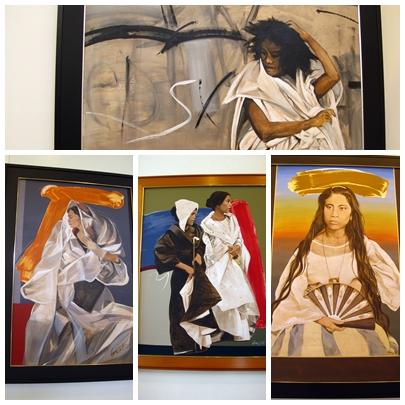
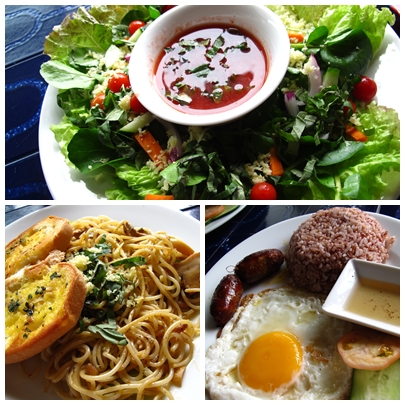
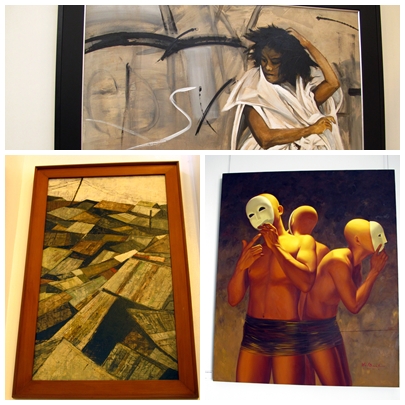

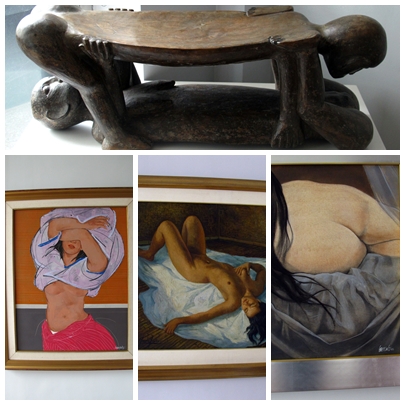
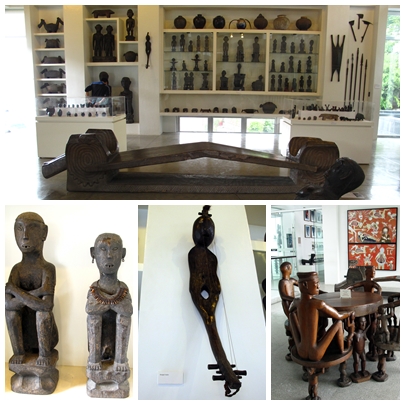
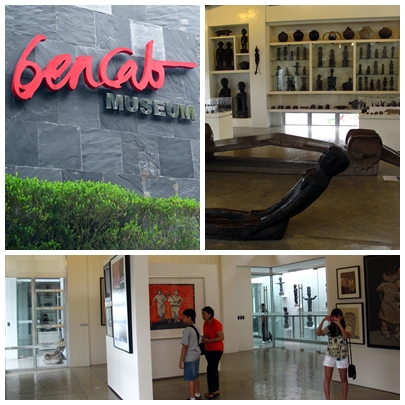






was able to visit the place too during the Panagbenga season. BenCab Museum is such a treat especially for those who loves nature and arts. Lucky to have taken photo with BenCab himself, memorable day for me 🙂
Lucky you. No BenCab for me when we visited. Instead, we met BenCab’s ex-wife there. 😉
hello! thanks for your interest in joining Ultimate Pahiyas : )
please send me a text message and your e-mail address at 0928 503 5137
so that i can provide you with complete details. thanks again!!!
Just this Saturday afternoon, we visited The Bencab Museum. Quite difficult to find – but more difficult to forget the experience. Not your usual Baguio postcard destination. If you like the arts, and would like to find a place to be one with yourself, and nature – do yourself a favor and head to this museum. Cheers!
i like the way you put it –“quite difficult to find — but more difficult to forget the experience”. exactly my sentiments! i hope more people go visit the Museum whenever they go up to Baguio City. Cheers 🙂